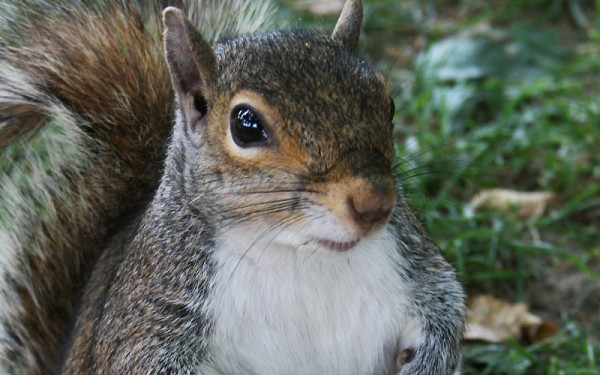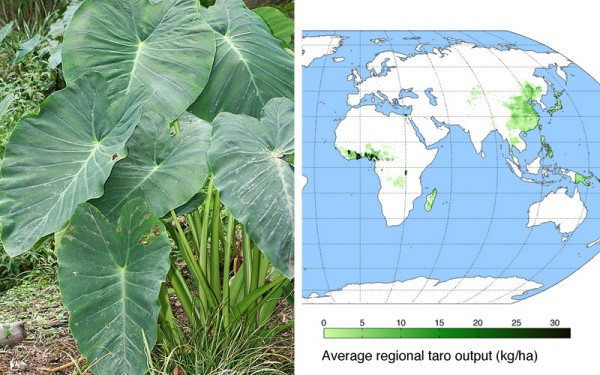
Tulsa seems to be channeling a little bit of Equatorial Guinea. After record-breaking snowstorms, the sky is blue, the air is warm, love birds are chirping, and a squirrel is peering at me over a fence. He’s wondering where the 14 inches of snow went. And why the trees are budding in February. The one thing he doesn’t have to worry about, however, is being dinner. I’m not interested and my cats are way too slow.
In Equatorial Guinea, Mr Squirrel might be faced with a different fate. In the countryside, anything that moves is liable to become dinner – although gorillas and monkeys are now off limits.
But what about veggies? The people of Equatorial Guinea also eat their veggies. One of the more interesting is the malanga – a tuber with leafy greens that came over with Cubans. Apparently in the 19th century, when slaves and political prisoners were freed from Cuba, many landed in Equatorial Guinea. They brought their malanga with them and the rest is history.

Have you heard of elephant ears? At least 10 of my neighbors grow elephant ears in their flower beds. They are a type of malanga, or taro or dasheen leaves. Many names… one family of plants.
So the big question remains – if I sneak into my neighbors gardens, can I harvest a basket of elephant ears and safely eat them? I hear they’re toxic unless cooked… and that they contribute to kidney stones. But, if cooked properly, I wonder if our local elephant ears are good eats?
Someone save me from myself. I’m really tempted…



8 Comments